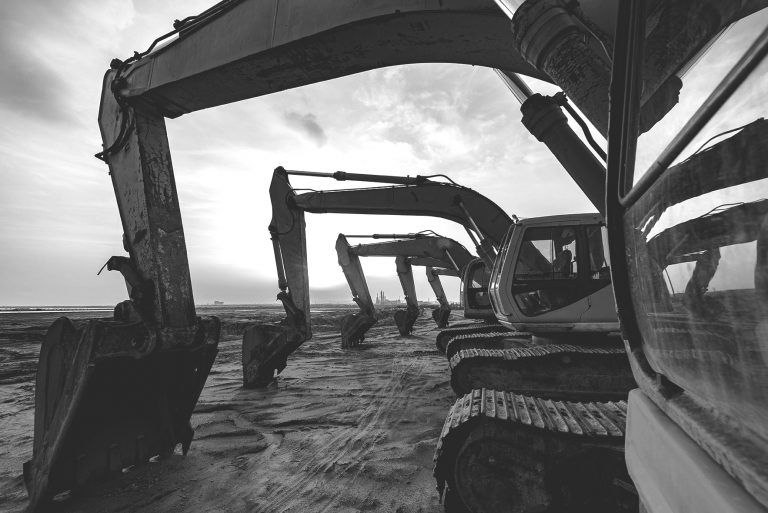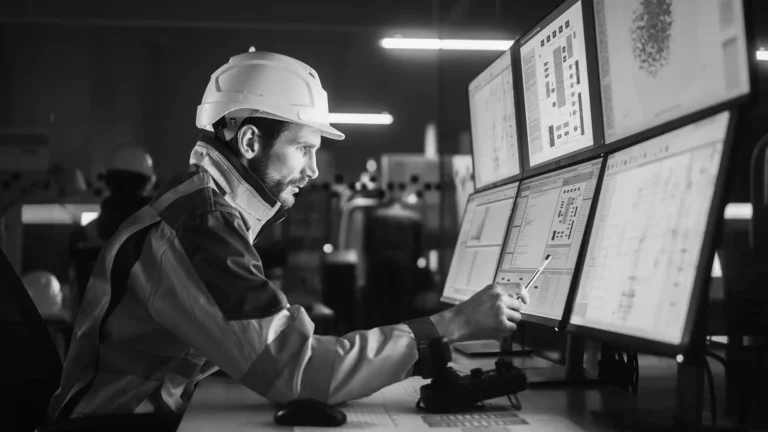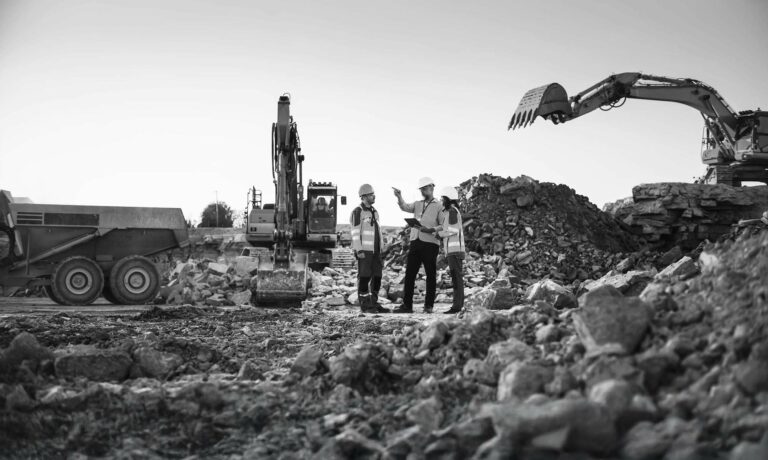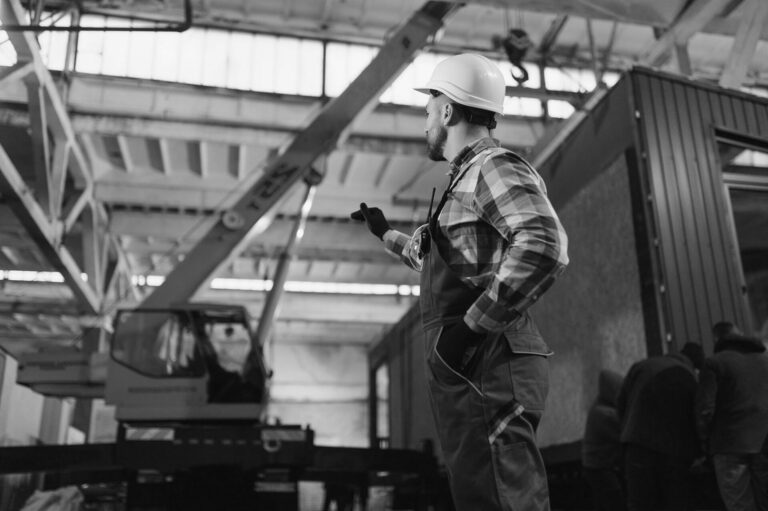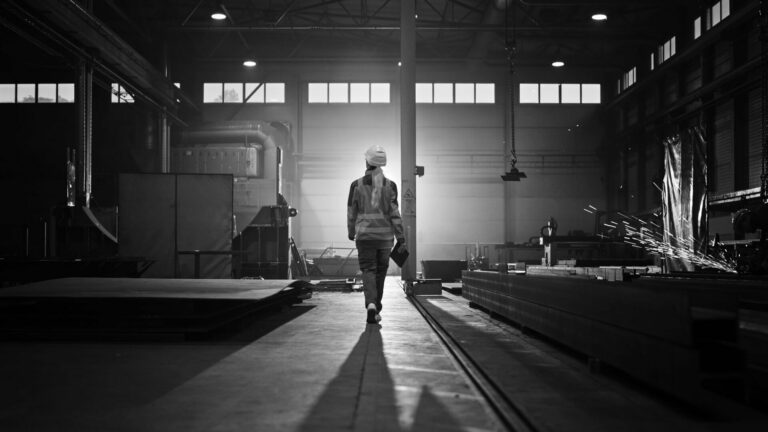The new face of construction is not a single look but a moving target. One week it is a superintendent onboarding apprentices inside a modular plant filled with robots and laser layout systems. The next it is a project executive renegotiating steel packages after a tariff announcement. Across North America, firms are recalibrating how they recruit, build, and deliver. The question underneath it all: who builds, with what materials, and using which tools, now defines careers as much as it defines projects.
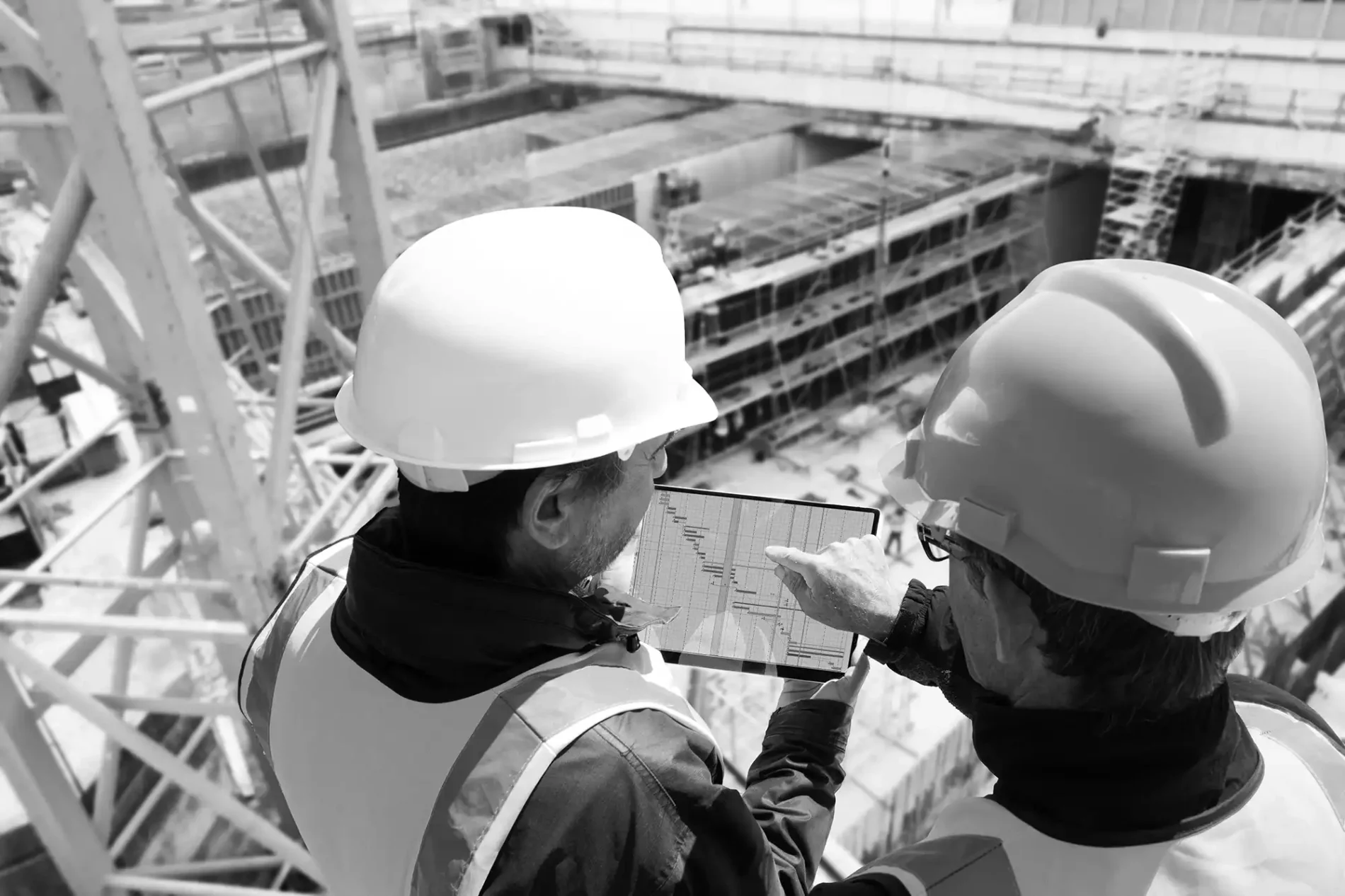
Ask any contractor where the schedule cracks, and you will hear the same refrain: people. In August 2025, the Associated General Contractors of America released survey results that landed like a hammer on the jobsite trailer. “As the survey results show, construction workforce shortages aren’t just a problem for the construction industry,” said Ken Simonson, the AGC’s chief economist. “Construction projects of all types are being delayed because there aren’t enough qualified workers available for firms to hire.”
The numbers behind that line were just as stark. A national survey by AGC and NCCER found that 92 percent of U.S. construction firms struggled to hire qualified workers, with many linking delays to policy and permitting friction that compounded the talent gap. For recruiters and educators, the conclusion was obvious: widen the on-ramp through apprenticeships, career-tech education, and mid-career reskilling, or watch the backlog continue to grow.
Inside companies, the labor shortage is changing career paths. Layout technicians now step onto sites using robotic total stations. Carpenters are cross-trained to manage prefab assemblies, and craft professionals climb into supervisory roles because the pipeline beneath them is thin. The pressure has a silver lining. When firms invest in training and technology to do more with fewer hands, early-career builders gain responsibility faster than any class in memory.
Adding to the labor shortage is a new volatility in materials. In early 2025, the White House increased steel and aluminum tariffs, arguing that higher duties were needed to protect domestic capacity utilization. The policy, announced under Section 232, sought to counter low-priced imports. For construction, the implication was immediate: bid risk.
Market watchers did not need to guess at the ripple effects. In late May, coverage by major outlets detailed the administration’s plan to double steel and aluminum tariffs to 50 percent, while industry groups and trading partners warned of likely cost increases for projects already underway. For estimators, it meant running multiple scenarios for every package that involved metal, from rebar and joists to ductwork and façade systems.
Homebuilding faced a similar challenge. When the administration announced additional tariffs on Canadian softwood lumber, the National Association of Home Builders warned that effective rates could rise to around 40 percent, a move that would strain affordability. NAHB Chair Buddy Hughes argued that broad tariff actions on several nations would hit key inputs and urged policymakers to avoid raising housing costs.
For career builders, these developments translate into new skill requirements. It is no longer enough to manage a CPM schedule. Teams now need cost-risk awareness, procurement strategy, and the calm to re-sequence scopes when a tariff notice or supplier failure disrupts the critical path.
Offsite and modular construction is also redefining the work itself. A 2025 McKinsey analysis found that companies using modular construction for permanent buildings were delivering stronger-than-expected performance, even as the sector experienced both rapid growth and high-profile bankruptcies. The lesson was clear: the winners operate like manufacturers and manage risk like contractors.
Rick Holliday, CEO of Factory_OS, describes modular construction not as a shortcut but as a systems shift. “Factory_OS was started with scalability in mind,” he said. “Changing the way housing is built requires an evolution in everything from how workers are trained to the methods used in order to ensure increased productivity and therefore lower costs and time-to-market.”
Industry forecasts point in the same direction. Prefabrication continues to gain traction as owners pursue predictable schedules and cost certainty. Demand and risk now drive adoption, pushing firms to bring manufacturing discipline to the jobsite.
If modular construction is reshaping where projects are built, robotics is changing how they are captured and verified. Spot, Boston Dynamics’ agile mobile robot, has moved from research curiosity to jobsite regular, documenting progress, creating as-built datasets, and freeing supervisors from repetitive site walks. “Spot provides a data capture solution to document progress and as-built states, freeing up site supervisors and enabling data-driven decisions,” the company wrote in its construction brief, a technical description that understates its real benefit to field teams.
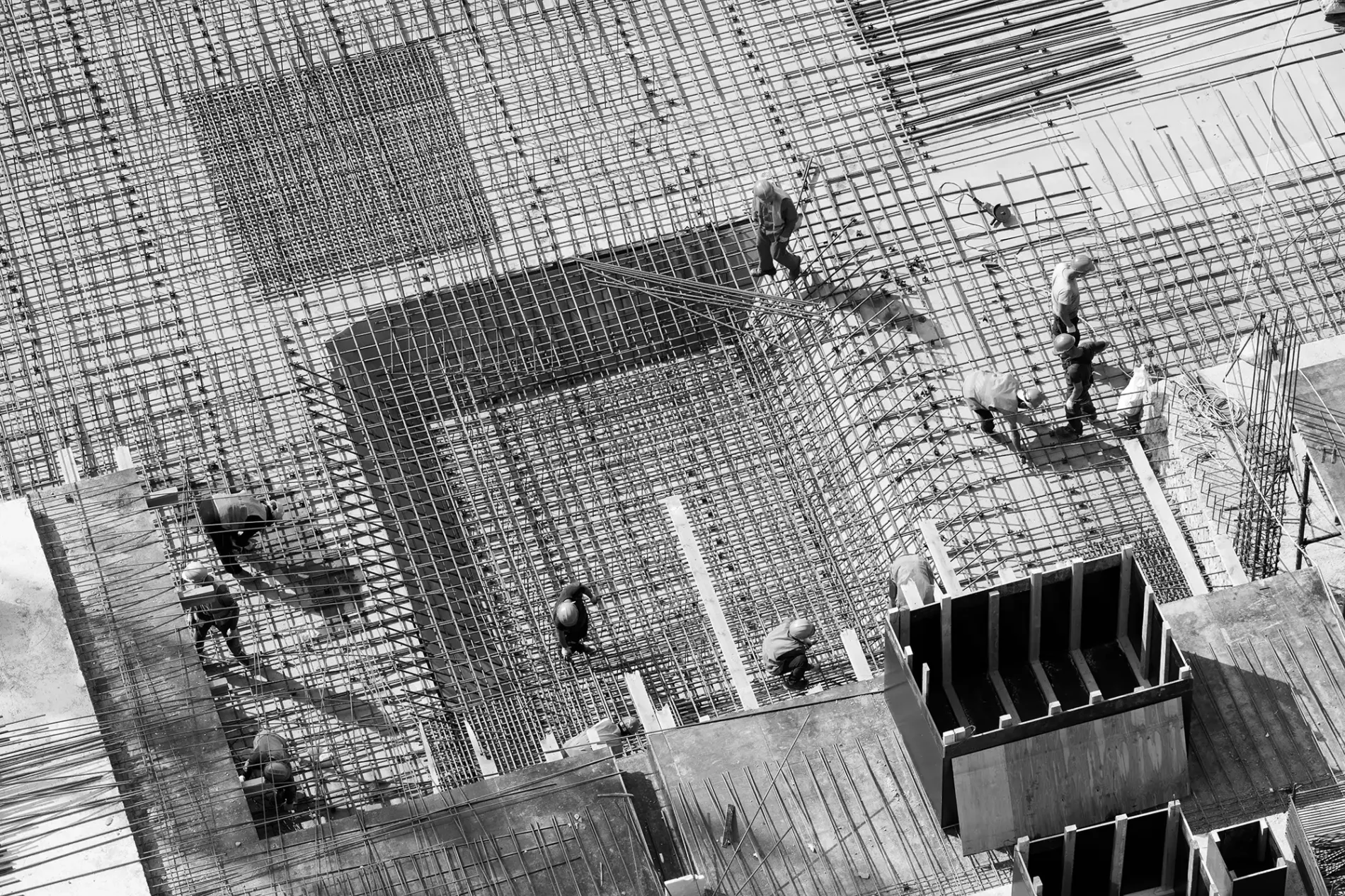
Major contractors are beginning to measure that benefit. Turner Construction, for example, reported more than 95 percent reductions in inspection time for repetitive progress checks after deploying robots on autonomous routes synced to mapping platforms. The robot does not replace a project manager’s judgment; it extends it, turning a week of manual documentation into a morning dashboard.
Layout automation is also moving labor into higher-value work. Industry leaders consistently report that eliminating rework at the source allows entire schedules to breathe easier. Human-robot teams are reducing layout errors, compressing durations, and improving precision without compromising codes or safety.
Beyond technology, the project mix itself is changing what it means to work in construction. Federal infrastructure and clean-energy investments funded through the Infrastructure Investment and Jobs Act and the Inflation Reduction Act continue to create a pipeline of battery plants, port upgrades, transmission lines, and grid-scale renewables. These projects provide multi-trade, multi-year work that builds résumés and stabilizes payrolls.
U.S. Energy Secretary Jennifer M. Granholm summarized the impact clearly: “We are now starting to see the job impacts of investments made through the infrastructure and inflation reduction laws, first in construction and as America builds more of these factories, we’ll see hundreds of thousands more. The data clearly show that clean energy means jobs; good jobs, union jobs.”
For contractors, clean-energy work is a magnet for skilled talent. It offers scale, purpose, and a curriculum of its own: high-voltage safety, commissioning, process systems, and long-term operations and maintenance contracts that keep people learning well after ribbon-cutting.
On the ground, firms are adapting in several ways. Many are expanding the pool of available talent by increasing apprenticeships and trade partnerships. Owners are now awarding points for workforce plans rather than focusing solely on low bids. The AGC leadership has called for expanded visa pathways and greater investment in career and technical education, describing it as a matter of national competitiveness. Others are beginning to build more like manufacturers, standardizing subassemblies, investing in design-for-manufacture, and linking quality assurance directly to data. Prefabrication, once experimental, is rapidly becoming second nature. And across the industry, companies are learning to treat information as a tool rather than a by-product.
“Companies are learning to treat information as a tool rather than a by-product.”
The use of robots, laser scans, and automated layout systems is no longer a novelty. It has become a form of insurance against rework in a market where every hour and every ton counts. Examples such as Turner’s 95 percent reduction in inspection time and Skanska’s automation trials are notable not for their novelty but for freeing people to focus on what only people can do.
Taken together, these shifts reveal a new picture of a construction career. The traditional ladder of laborer, journeyman, foreman, and superintendent still stands, but new branches have grown alongside it. Data analysts, prefab line leads, robotics supervisors, commissioning engineers, and tariff-risk specialists now share the same industry once defined purely through craft.
And through all this change, some truths remain. Good companies still win on trust. Owners still remember who finished when the weather turned or when prices shifted. And the industry still advances one decision at a time, made by people who show up, learn quickly, and build well.
In a modular factory, a new apprentice watches a robot complete a scan while a mentor checks tolerances against the digital model. Across town, a preconstruction team runs steel and lumber cost scenarios after the latest tariff update. In the trailer, a project executive refreshes a dashboard while a superintendent pencils in tomorrow’s lift. Different scenes, one story: the next generation of builders is not waiting for the future to arrive. They are building it into the work today.




